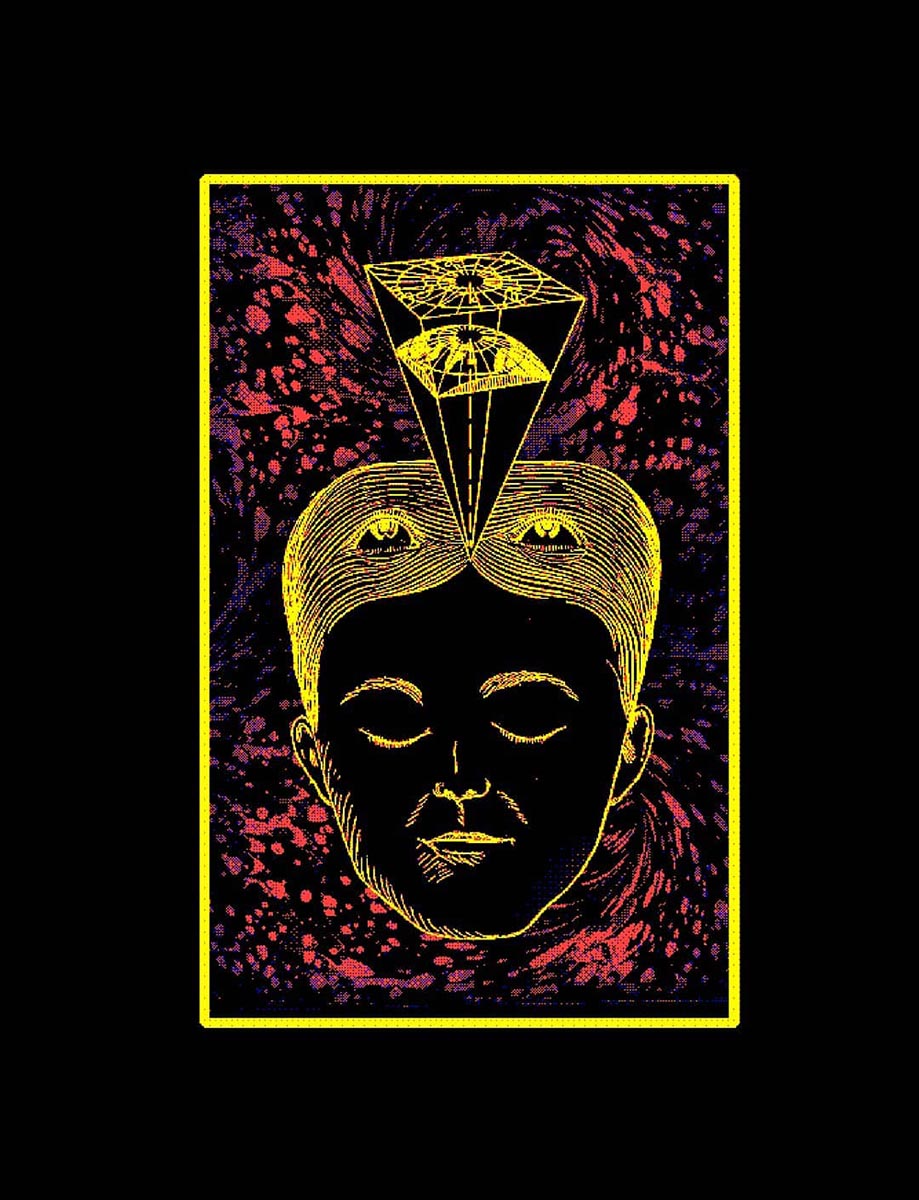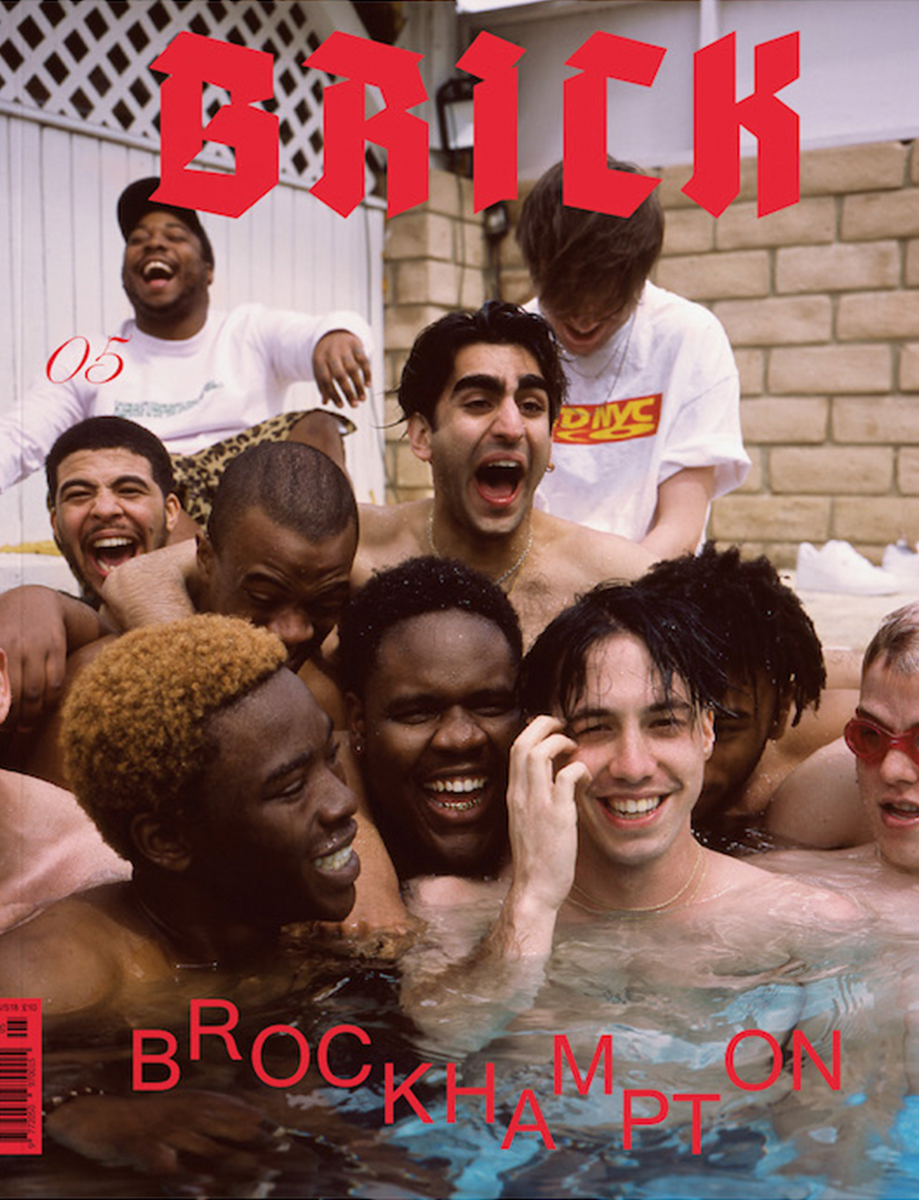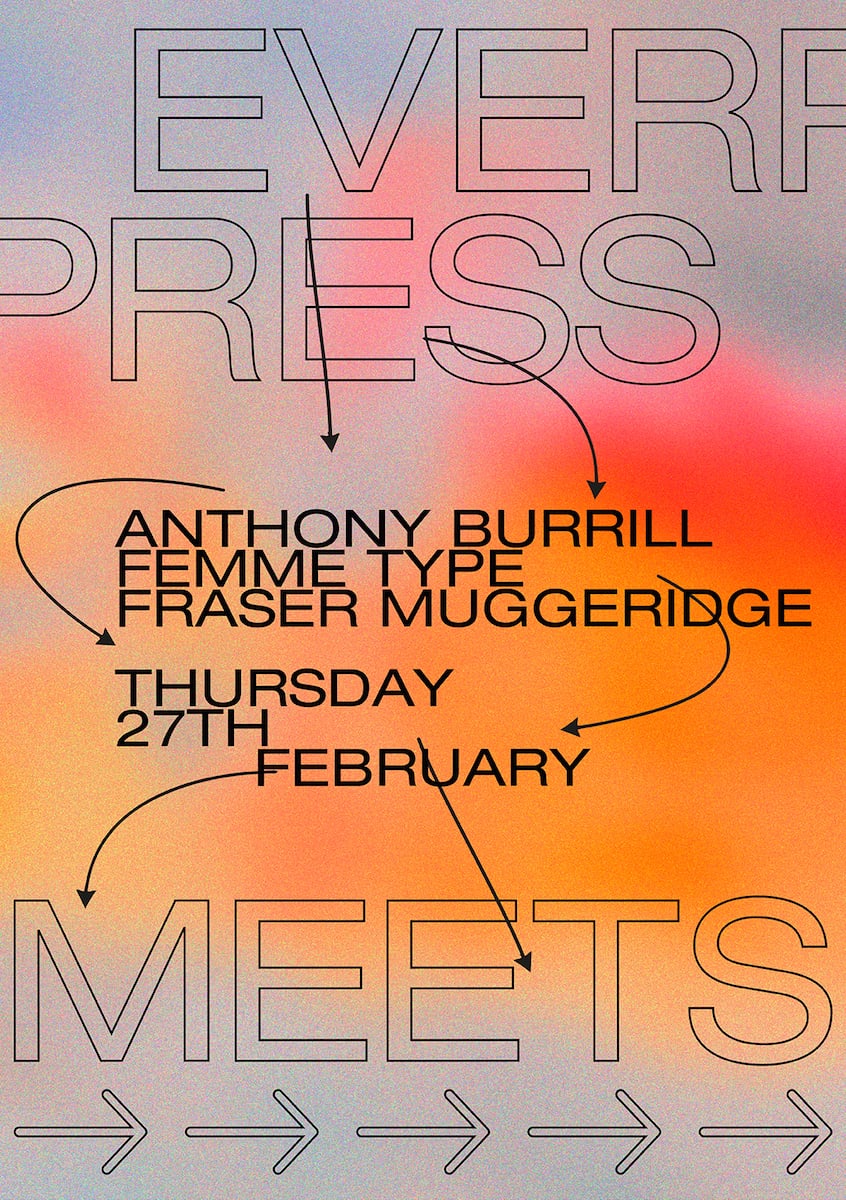We’re hurtling towards an uncertain future; a collective confusion accelerated by the dizzying velocity of technological progress and laissez-faire capitalism. Social media and the internet, once celebrated as bastions of free will, have started to feel incapacitating, both in their effects on our mental health and their imposition on our privacy. Political institutions have long been viewed sceptically, but now our gaze lingers more dubiously on the tech and media monoliths that dominate our every waking moment. With burgeoning anxiety about the future and the technologies surrounding us, we’re reformulating how we view the world.
occult aestheticism can be a way of celebrating a shared ideology
Enter the new New Age. An evolution of ‘70’s spirituality, but paradoxically born of, and suited to, a digital world, we’re witnessing a revived focus on the esoteric lifestyle, holistic ‘self-care’ and wellness. Think a proliferation of horoscope memes, crystal healing-as-hobby and a newfound trust in tarot card readings, while the number of self-identified witches has boomed, with online communities propelling their popularity and universality. Brujería, a practice blending spiritism and religion in Latinx communities, was once taboo because of its associations with the dark arts; it’s now being reclaimed as a feminist practice. Driven by the need to break away from the codes and binaries that have become our vernacular, people are searching for new meaning in the metaphysics of their surroundings.
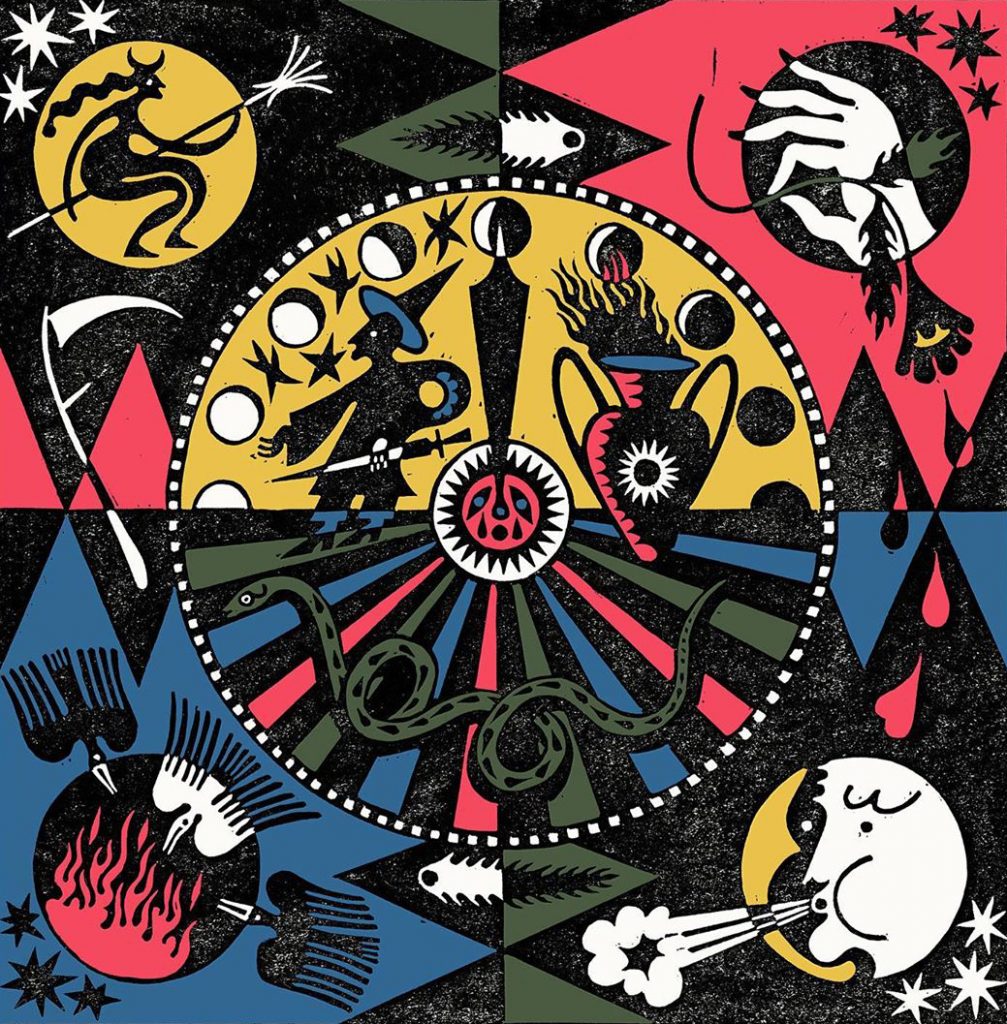
This is a trend whose reach is reverberating through culture. In music, artists are exploring the capacity for spiritual experience in electronic sound. Film and TV have seen a resurgence in occult shows, with reboots of Sabrina the Teenage Witch (rebranded as Chilling Adventures of Sabrina) and Charmed, not to mention Stranger Things and The OA. Then of course, there’s fashion. Ever beguiled by the intersection between magick and femininity, design houses like Gucci, Gareth Pugh and Comme des Garcons have continued to explore the occult, from its light and diaphanous tenors to its more gothic, sinister narratives.
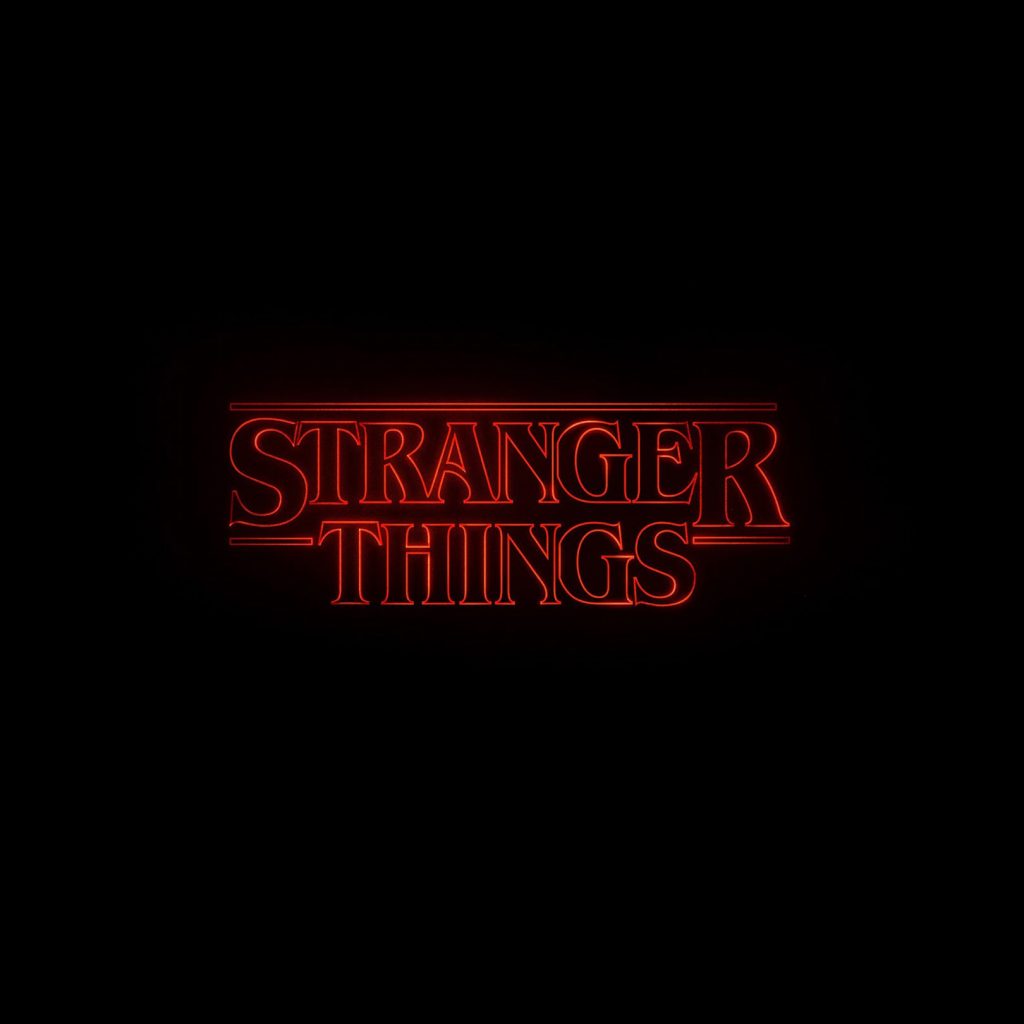
For the modern consumer, occult aestheticism can be a way of celebrating a shared ideology. Nail art has become significant for people who wish to wear their spiritual beliefs. The Hood Witch, the internet’s most celebrated Wiccan, has an online store stocked with jewellery, branded tote bags and blankets for her followers. Less tastefully, a quick search on Amazon or Etsy will fetch you a T-shirt that pointedly says, “I am a witch” across the chest. In owning emblems of a communal creed, people can feel empowered, and closer to a like-minded community.
People are captivated by things they can’t understand
For others, using occult practices and imagery in the digital age is the way of exploring the past. Dario Pereira, Everpress creator and founder of the brand Father of Xerxes, thinks of work as artefacts of digital archaeology, “not only of esotericism or occultism, but also the Ancient World, science-fiction, the Cosmos, early computer graphics and music.” As a child, he remembers how people would draw crosses on their doors and walls to repel witches, “This kind of mysticism that I experienced during my childhood is revisited every time I dig through and research imagery related to ancient history.” A mythologising of the past and “extra-sensorial perception placebo effect,” is a feeling that Pereira tries to filter into his clothing through esoteric and occult symbolism. That is, his work invites people to experience, or imagine, a sixth-sense when they interact with his clothing. Of the recent revival of occultist symbiotics in fashion and modern culture, Pereira states, “Nowadays I think it stems from a need to rediscover our own spiritualities and mysticisms. Through clothing, it’s a way of showing your consciousness and psychic status – similarly to the way prime shamans did back in earliest civilizations.”
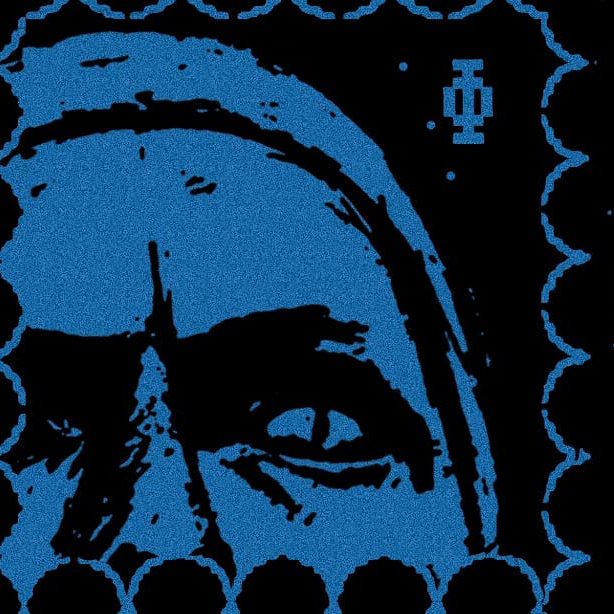
Helena Blavatsky’s The Secret Doctrine was a study that blended elements of the occult, religious philosophies and the science of its day. Written in 1888, it’s one of the earliest explorations of this fascination, but that’s not to say it isn’t still influential today; the clothing brand DΦCTRYN takes its own name and virtues directly from the book. When creating, DΦCTRYN’s owner Bas Harpe seeks to “incorporate certain occult truths or symbolism” in his work, through merging “the aesthetics of medieval, alchemical illustrations or written grimoires, with modern graphics.” Harpe, a student of Theosophy himself, prefers using subliminal messaging to obvious imagery, “this is also very much in line with occultism. Few may like or understand it, but it was never meant to be for the masses.” There is a darkness to DΦCTRYN’s designs which comes from Harpe’s love of horror; he cites the works of Edgar Allan Poe as a major influence. When asked about the recent rise of intrigue in occultism, Harpe muses, “even science is now starting to acknowledge things that the occult has stipulated for hundreds of years. More people are believing in things unseen, and concepts that used to be ridiculed are given serious attention.”
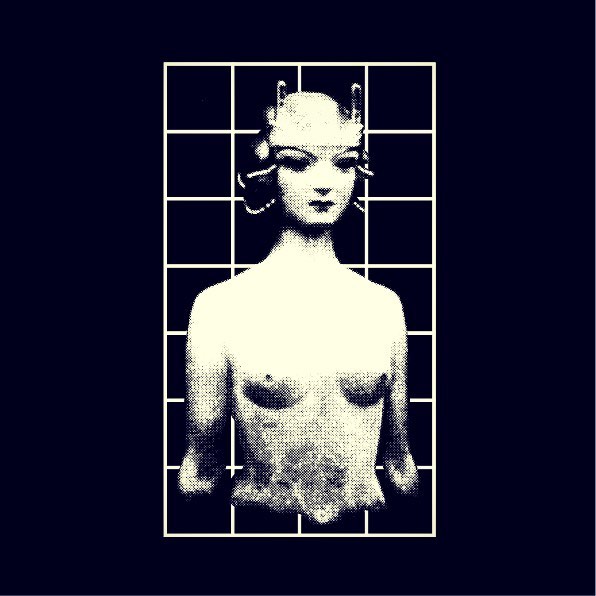
Despite the recent reconciliation of the Wiccan tradition into a more positive and palatable narrative, occultism will never totally shake off its association with horror, the macabre and the gothic. People are captivated by things they can’t understand; the fragility of life and the sinister, deterministic forces that can impact it. That delicious sense of unease you get when gazing at an image you fear. Dario Pereira echoes this feeling, reflecting that “the paranormal, or forbidden teachings are always, by nature, matters that fascinate us. What was once sinister has become beautiful.” Designer Alexander McQueen has been so celebrated because of his particular ability to inspire visceral reactions in his audience. His inspirations ranged from the Salem Witch Trials to Victorian mental asylums, to scary clowns – with each collection inspiring shock and bewilderment on the runway. Citing his exploration of this gothic-romanticism, the designer once said, “there’s something kind of Edgar Allan Poe, kind of deep and melancholic about my collections.” In incorporating a darkness into his works, McQueen applied a magical realism to his designs. He explored difficult, harrowing subjects through a medium oft-seen as frivolous.
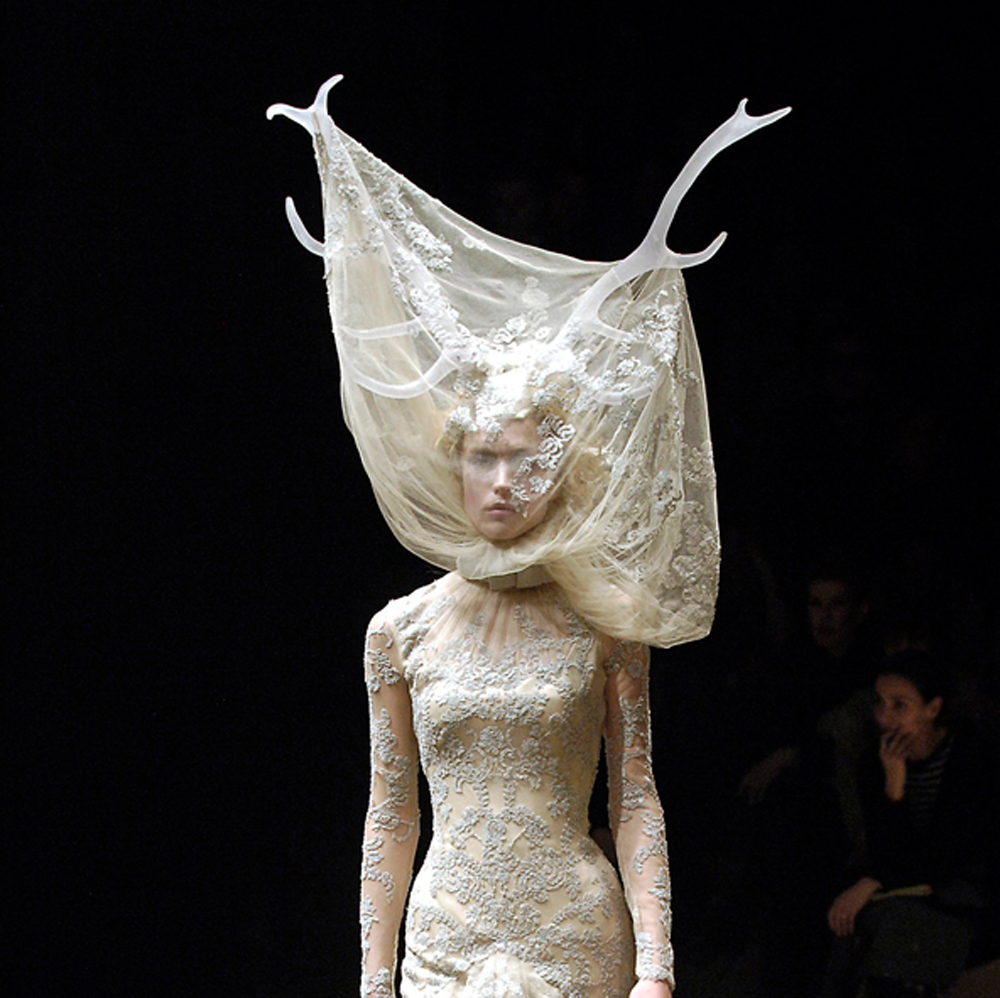
In musical subcultures, a similar approach has been taken by goth, heavy metal, and punk communities. At their core, these are anti-establishment movements which champion defiance and darkness over cookie-cutter mainstreams. With bands like Black Sabbath, Megadeth or Metallica, common themes run through their aesthetics – heir album art and band T-shirts are emblazoned with pagan text, images of hellfire or death personified, influenced by a mixture of German symbolism and ancient druid iconography.
esoteric symbolism is a way of wearing an alternative epistemology with pride
In many cases, the Blackletter font, a typeface commonly associated with the military, extremism and religion, is used ironically. In Geezer Butler’s words, when he formed Black Sabbath he wanted to create “scary music.” In using imagery that shocked and inspired fear in people, these musicians held up a mirror to the atrocities that society itself had wreaked. As theorist Susan Sontag once reflected on seeing images of pain, “for a long time some people believed that if the horror could be made vivid enough, most people would finally take in the outrageousness, the insanity of war.” The more fearful or macabre the images that these bands shared, the more we were forced to confront an intrinsically ugly truth about ourselves. They became symbols both of protest and liberation.
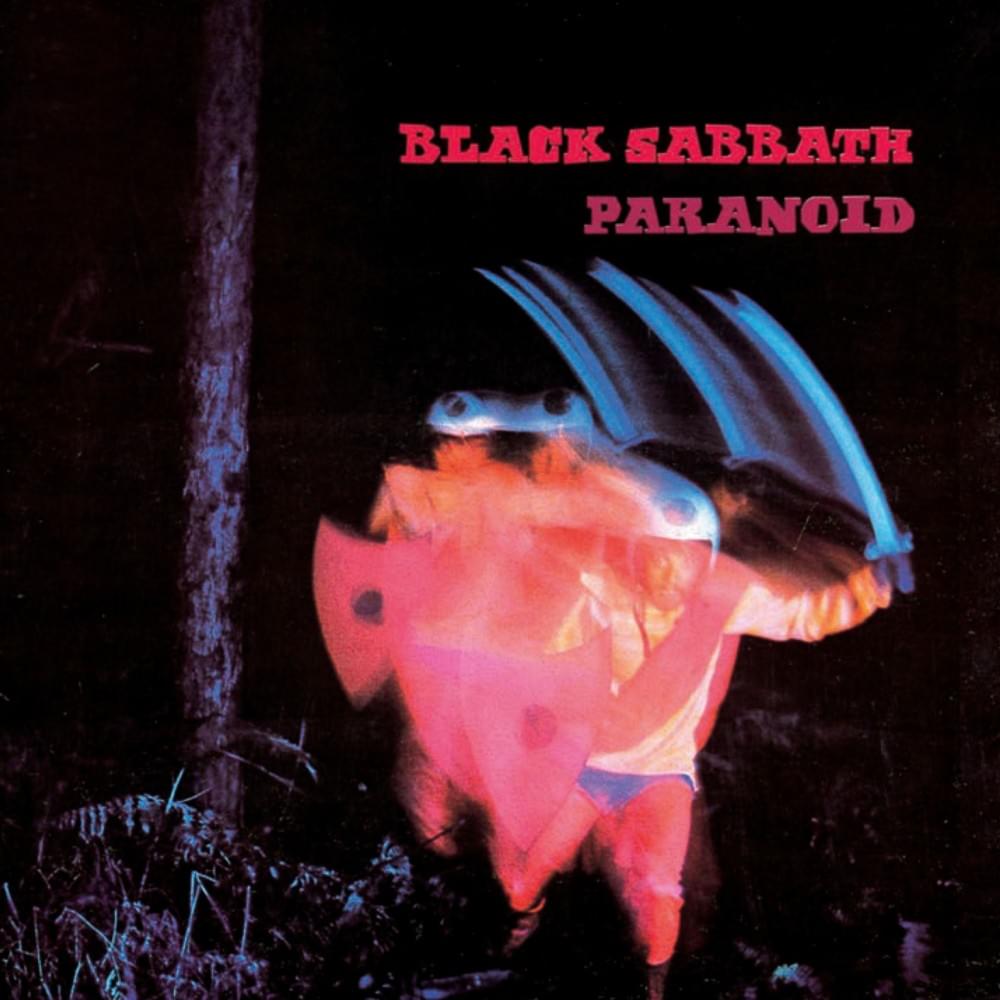
The occult denotes a hidden, or secret, meaning. It signifies an otherworldliness, an abstract mysticism rooted in human practice. Whether it’s through fashion designers, a network of modern Wiccans, goths or metalheads, the permeation of esoteric symbolism and the macabre in clothing is a way of understanding the world, and each other, outside of traditional modes of thinking. In the case of modern Wiccans and spiritualists, esoteric symbolism is a way of wearing an alternative epistemology with pride. For counter-cultures like goth, metal, and punk, images of horror and the macabre in clothing scream in defiance against societal ills, addressing the ugly truths that we’d rather were kept swept under the rug. These adoptions of occultist imagery break through society’s norms, fuelling a sense of rebellion in their wearers. In a time when women’s bodily autonomy is being dismantled, extremism is on the rise and technological sovereignty is a reality, people look to the symbols that will empower, protect and ultimately, liberate them.
Read more: Bill Connors on designing for his Physical Medium collective



